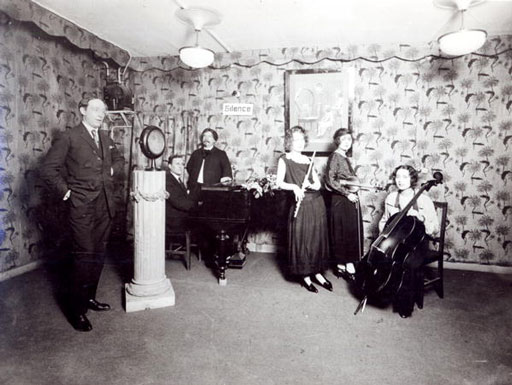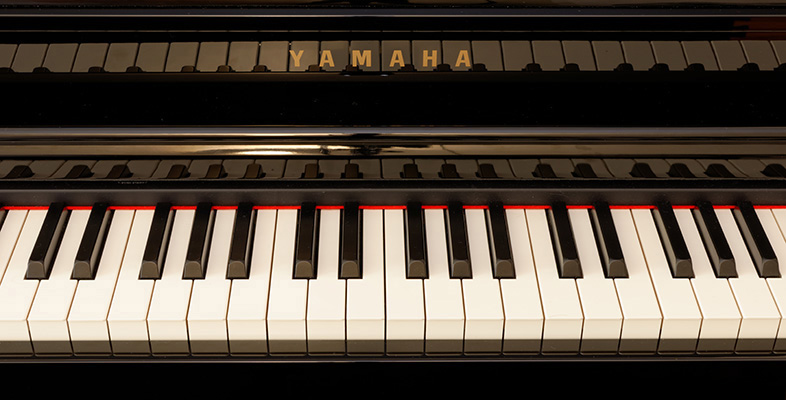3.10 Performances and recordings
The study of performance involves looking at a number of resources, including recordings – although scores are sometimes a useful resource to look at, particularly for pre-20th-century performance. The evidence for significant variations in performance practice that result from major revisions of certain works can often be found notated in manuscript or published notated sources. The Online Chopin Variorum Edition [Tip: hold Ctrl and click a link to open it in a new tab. (Hide tip)] , for instance, is a source-based study of published editions of Chopin’s music, and reveals much about the ways in which the composer’s music was performed.

With more recent performance, we may often have a recording to interrogate. Before studying recordings of western art music, though, it is important to consider what sort of documents they are: the history of their availability; how they have been made; how performers have approached them; what they are for; what their limitations are; the conditions in which musicians have performed and ways in which those conditions may have affected the manner of performance.
To take one simple example, there are not only differences between live and recorded performances, but also between live and studio recordings. These may sometimes be striking. We may recognise, for instance, that a live performance is likely to contain more ‘errors’ than an edited recording – where perfection can be gained through multiple takes, editorial sleight-of-hand and even correction of pitch. Some artists have even forsaken live performance in favour of the control available through the recording studio. The Canadian pianist Glenn Gould is a famous example of this, referring to the recording studio as a place where ‘the most horrendously constricting force of nature – the inexorable linearity of time – has been, to a remarkable extent, circumvented’ (Library and Archives Canada, 2004).
Further listening
You might like to listen to some of Gould’s recordings at the Glenn Gould Archive.
